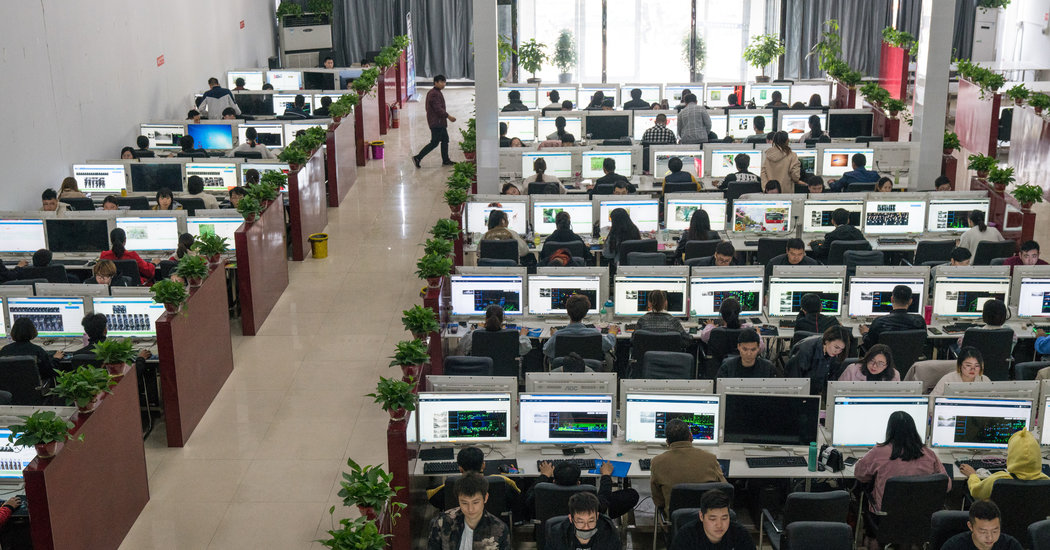Regardless of how advanced our AI algorithms are, they have to be trained by humans in order to be smart. For an algorithm to accurately recognize an apple is an apple, it needs to be taught with thousands to millions of pictures of apples. Some algorithms even have to be trained in culturally specific ways. To teach an algorithm to tell apart in an article Apple the tech company or a fruit company that has “apple” in its name requires hundreds of thousands of tagged articles. The million dollar question is: Where do all the labelled training datasets come from? Information workers in data factories.
While it goes without saying that advancements in technology phase out low-skilled jobs, technology does not necessarily replace all jobs. This growing side industry of labour-intensive data labelling companies supply and process the massive amounts of data for the algorithms to consume. Data factories are to be found across Beijing, Shanghai to small cities and even rural areas. Labellers are responsible for data classification. Jargons aside, they sit in front of computers for eight hours every day to click on photos, outlining backgrounds and tagging objects. Although labelling is low-level work with a low barrier to entry, data factories are still the AI industry and carry the prestige around it.
The industry also found its way into prisons. Finnish startup Vainu partnered with the Criminal Sanctions Agency (CSA) to task prisoners tagging Finnish articles. It is a triple-win situation. Vainu gets the dataset they needed. CSA gets a new form of prison labour that requires nothing other than a laptop, which has no risk for violence compared to other forms of prison labour like metalsmithing. Inmates, according to the CSA, get to acquire “valuable skills” that match “the requirements of modern life”. For reading through and tagging thousands of articles, data-labelling prisoners make an average wage of 1.5 GBP per hour.
However, the picture is not as rosy and perfect as they all wished to be. Data labelling is rote, menial and repetitive. The tasks only require (at best) pre-existing literacy and have zero learning curve. It calls to question how useful this skill is, or worse if any skill is developed. There is little hope for Chinese information workers to slowly move up the ladder by working from the very bottom of the AI industry. Seeing through the hype circulating around AI, digital prison labour is said to be a masqueraded form of labour exploitation.





